By using nodesin DaVinciResolve, you gain a powerful tool for colorgrading. Nodes allow for versatile editing of your clips that goes beyond simple color adjustments. In this tutorial, you will learn how to effectively use nodes to carry out your color corrections in a structured and creative way. This way, you can take your videos to a new level.
Main Insights
- Nodes function like layers in DaVinci Resolve and significantly simplify color grading.
- There are serial and parallel nodes that allow for different editing methods.
- Working with nodes enables you to make complex masking and adjustments without affecting the entire edit.
Step-by-Step Guide
1. Get to Know the User Interface
Before you start working with nodes, you should understand the user interface of DaVinci Resolve. The timeline is where you select the clips you want to edit. You can always see which clip is currently active and make adjustments accordingly.
The various workspaces in DaVinci Resolve include a range of tools that will help you optimize your workflow. You can show and hide the different tabs based on your needs.
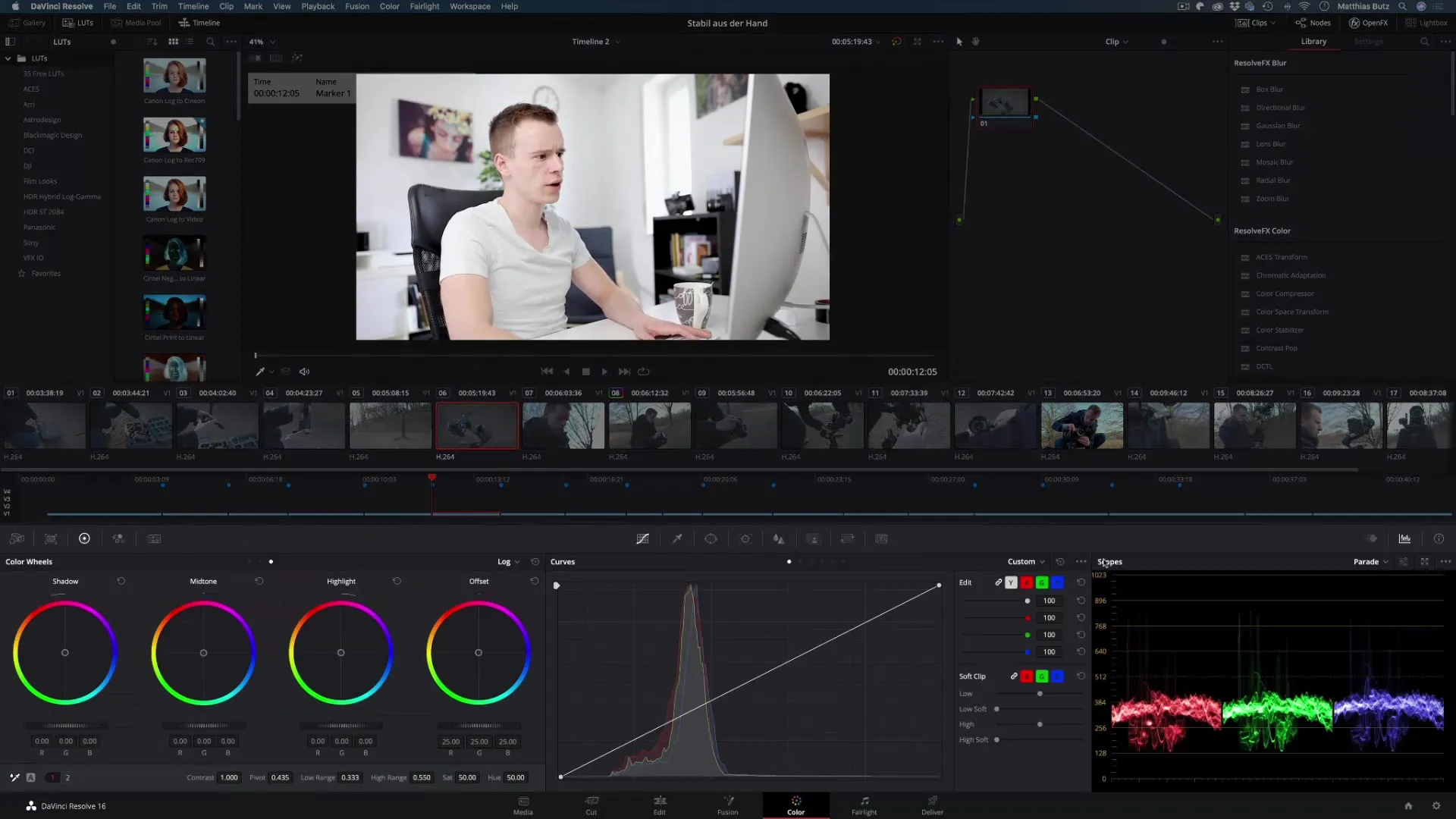
2. Introduction to Nodes
Nodes are the foundation for color gradingin DaVinci Resolve. They function like layers in a graphic or video editing program. With nodes, you can make a variety of adjustments and control them precisely. Start by adding a new node with a right-click.
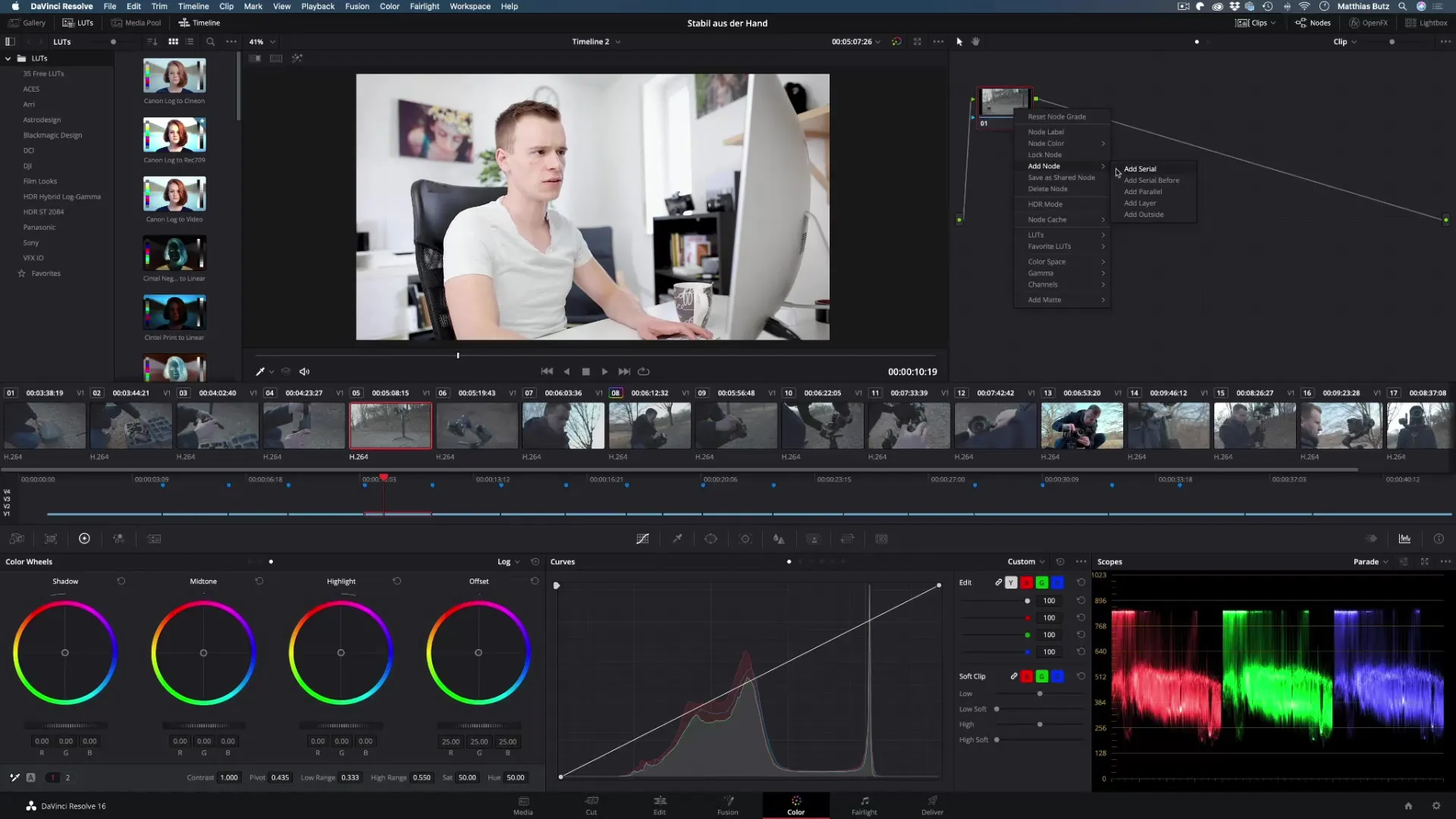
3. Using Serial Nodes
Serial nodes are arranged linearly and integrate into a chain through which your video runs. You can create as many serial nodes as you need to make various adjustments. A simple combination of several nodes enables you to execute a complex grading process.
4. Utilizing Parallel Nodes
In contrast to serial nodes, parallel nodes allow you to apply different edits independently. This means you can edit specific areas of your clip in separate nodes. For example, you could create a mask to edit only a specific area without affecting the rest of your clip.
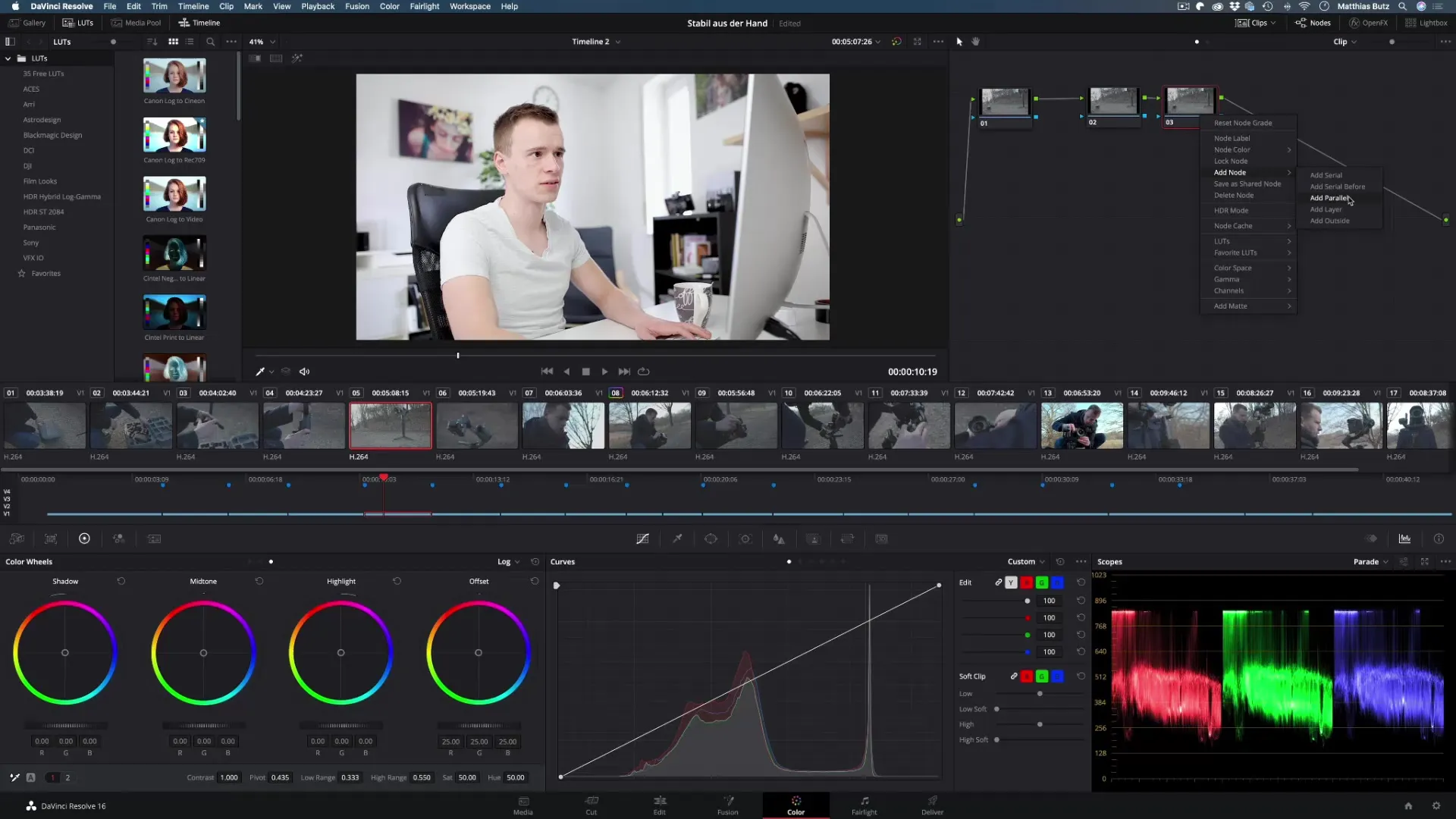
5. Masks and Multiple Adjustments
Creating clean masks is one of the strengths of DaVinci Resolve. You can select a color and adjust it precisely without affecting other parts of your image. Let's say you want to highlight the color of a piece of clothing: simply select the respective color with an eyedropper tool and increase the brightness only in that area, entirely independent of the others.
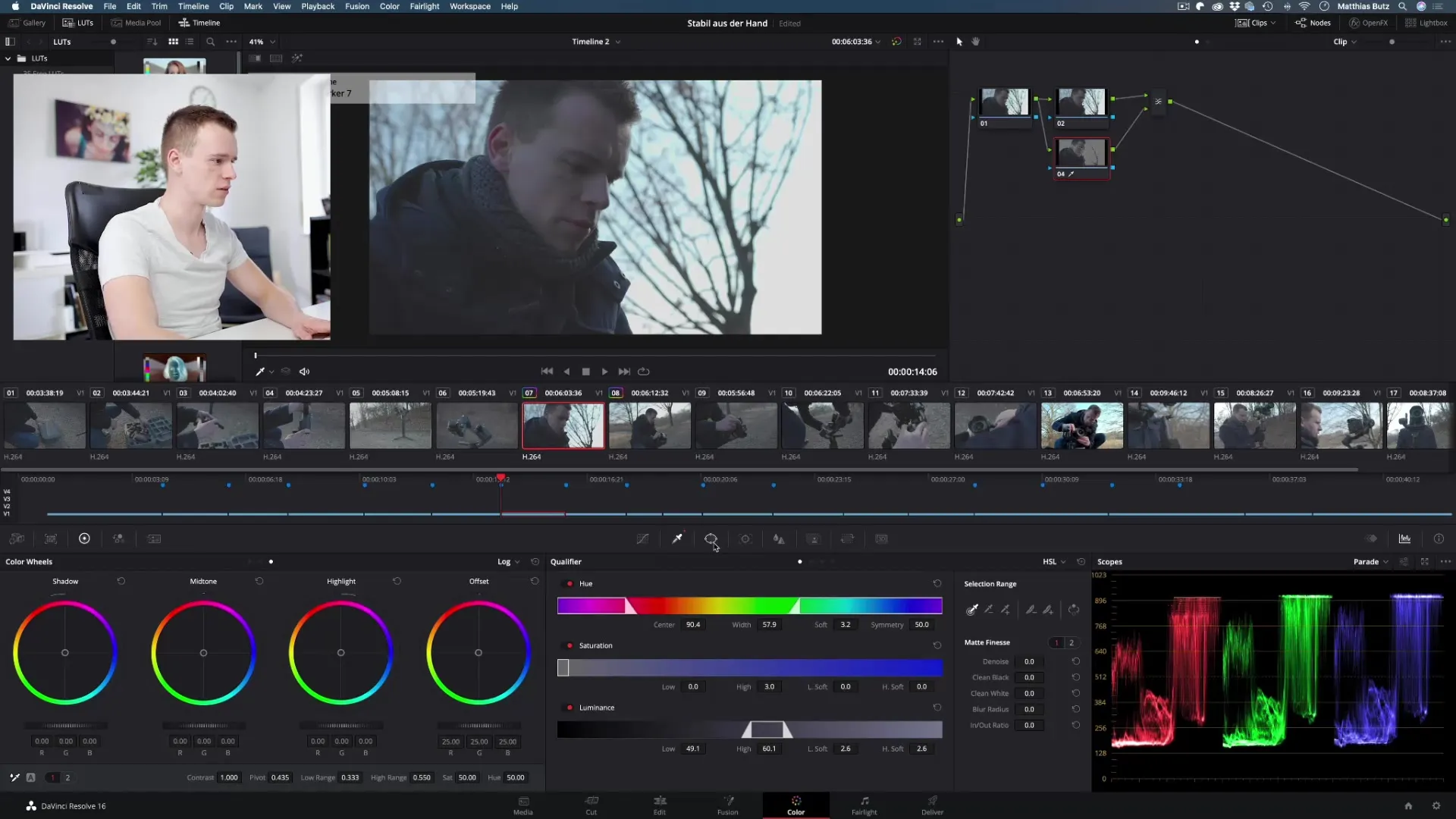
6. Merging Adjustments
When you edit multiple nodes, it's often necessary to combine the results. You can do this through the "Layer Mixer." Here, you can even merge several nodes together to achieve the desired final result. Be sure to carefully combine different settings.
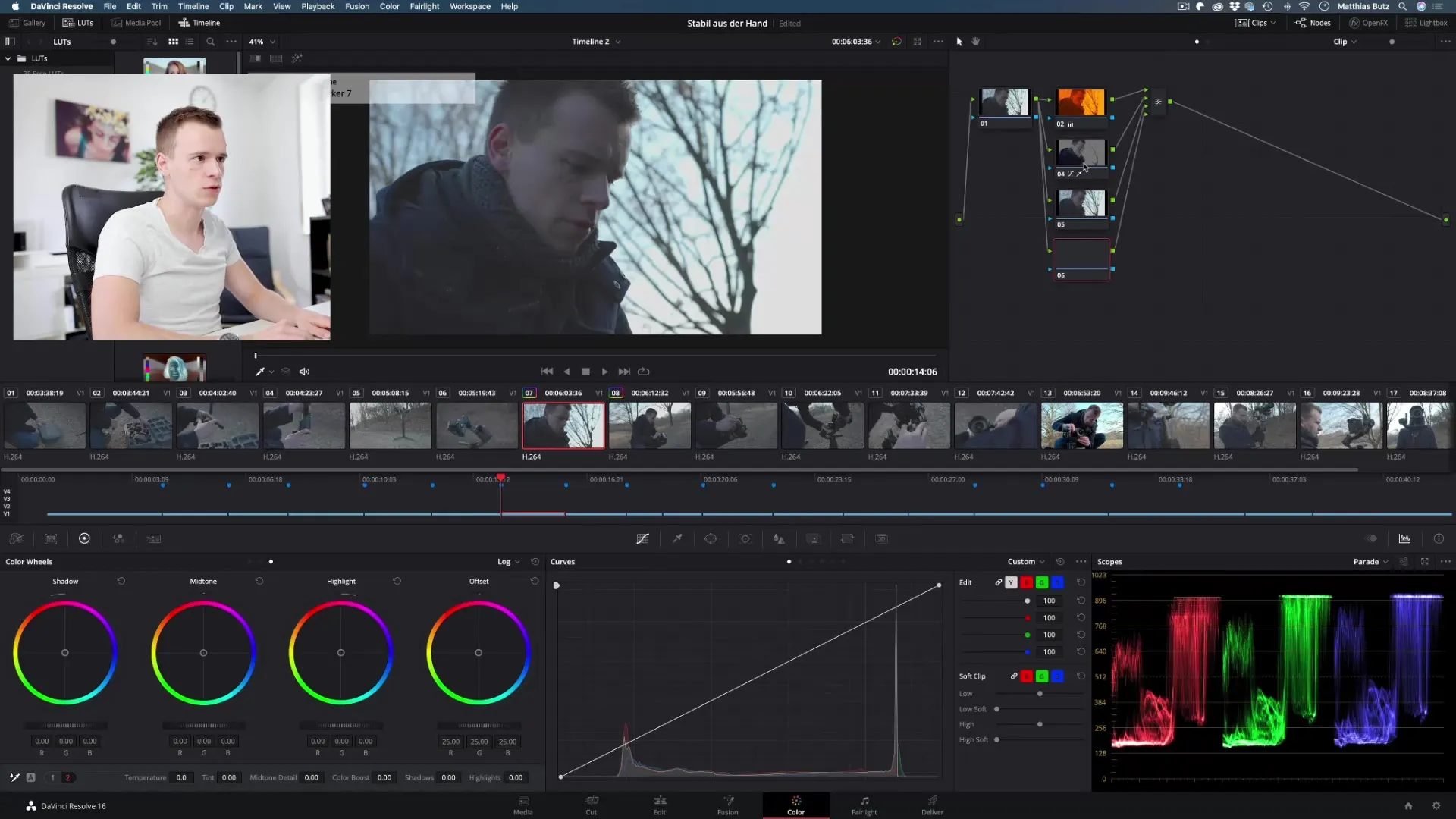
7. Color Correction vs. Color Grading
It is important to distinguish when to apply color correction and when to perform color grading. Color correction involves adjusting basic elements such as brightness or contrast, while color grading involves more creative adjustments that shape the style of your video. Divide your work into different nodes to maintain a clear overview of your process.
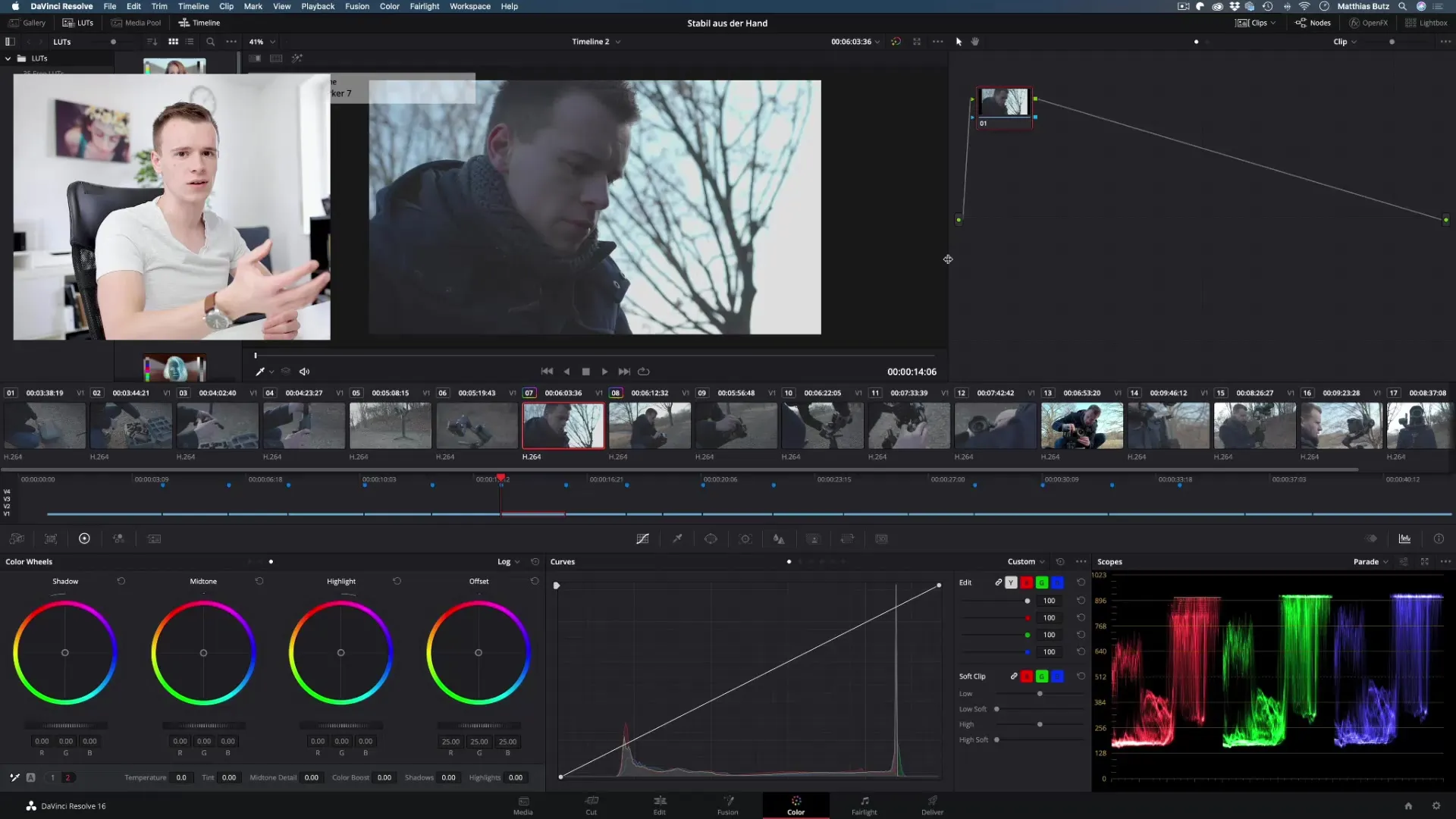
8. Optimizing Workflow
The most effective workflow can vary depending on what you're editing. Sometimes, making a few adjustments in two to three nodes is sufficient. Don’t overdo it with too many adjustments in a single node. Ideally, you should divide your tasks into different nodes to have more control and flexibility.
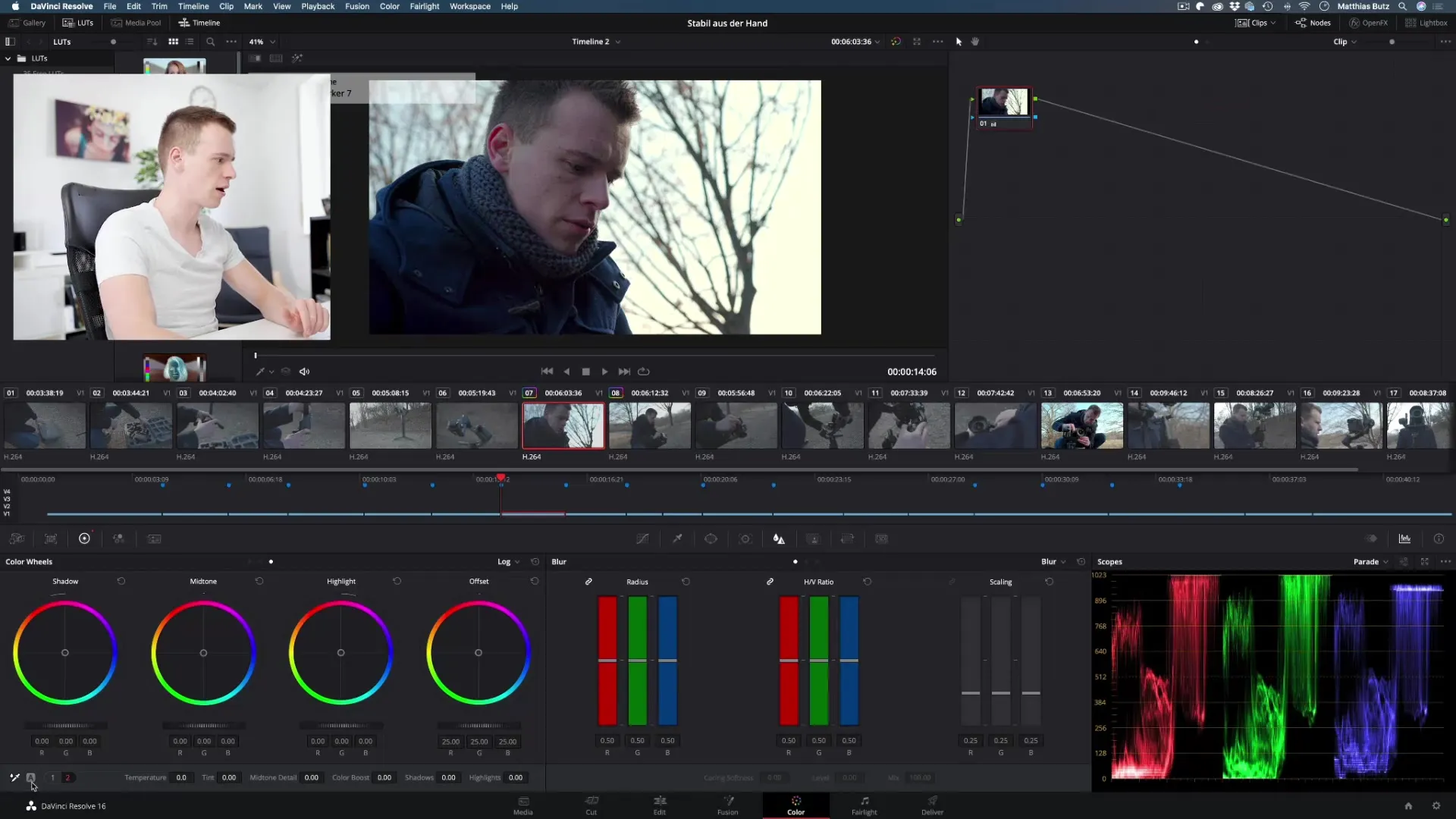
Summary - DaVinci Resolve: Effective Use of Nodes in Color Grading
The use of nodes in DaVinci Resolve is key to efficient color corrections and creative edits. By working with serial and parallel nodes and combining them with masks, you create the perfect foundation for successful color grading. Maintain a structured approach, and you will quickly see progress in your video editing.
FAQ
How do I add a new node?Right-click in the node area and select "Add Node."
What is the difference between serial and parallel nodes?Serial nodes are arranged linearly, while parallel nodes operate independently.
How can I create a mask in DaVinci Resolve?Select the desired area with the appropriate tools and adjust the colors accordingly.
How many nodes can I create in DaVinci Resolve?There is theoretically no limit; you can create as many nodes as you need for your workflow.
Why is it important to separate color correction from color grading?This way, you maintain control over adjustments and can carry out creative edits more clearly.


